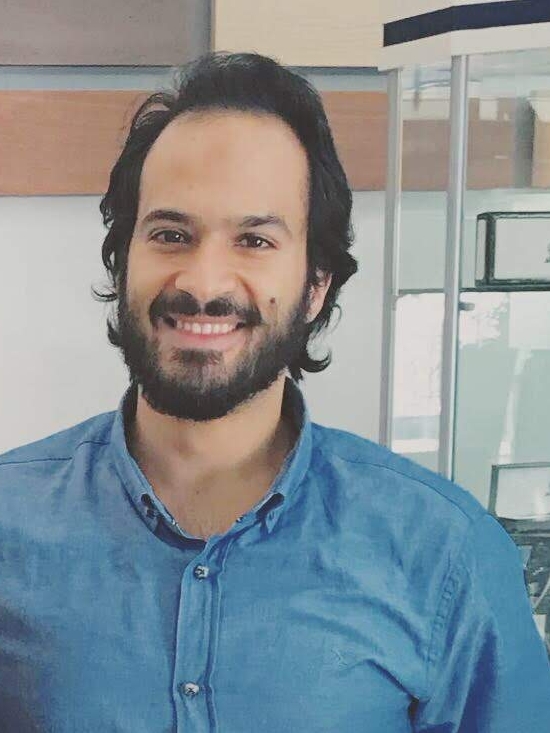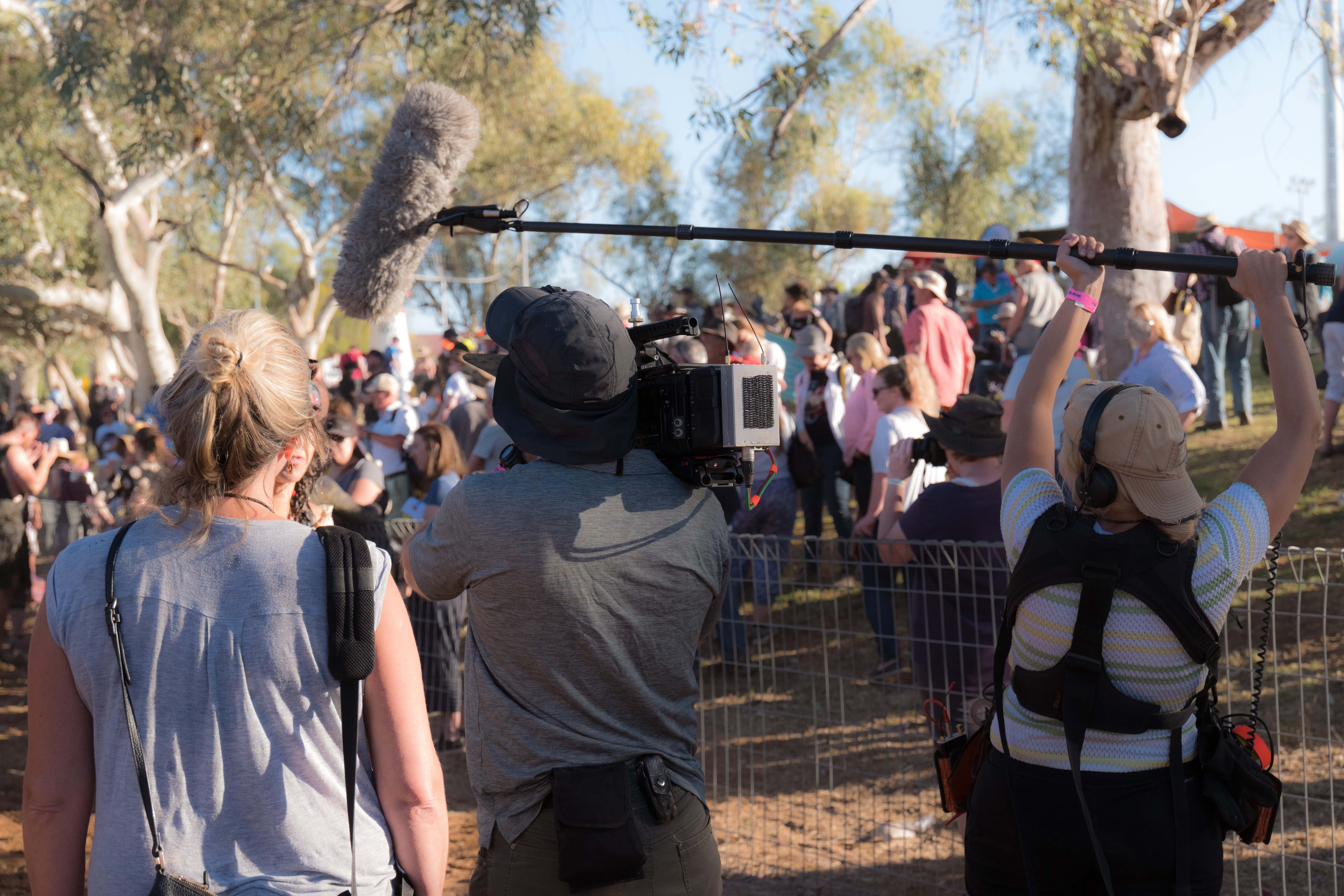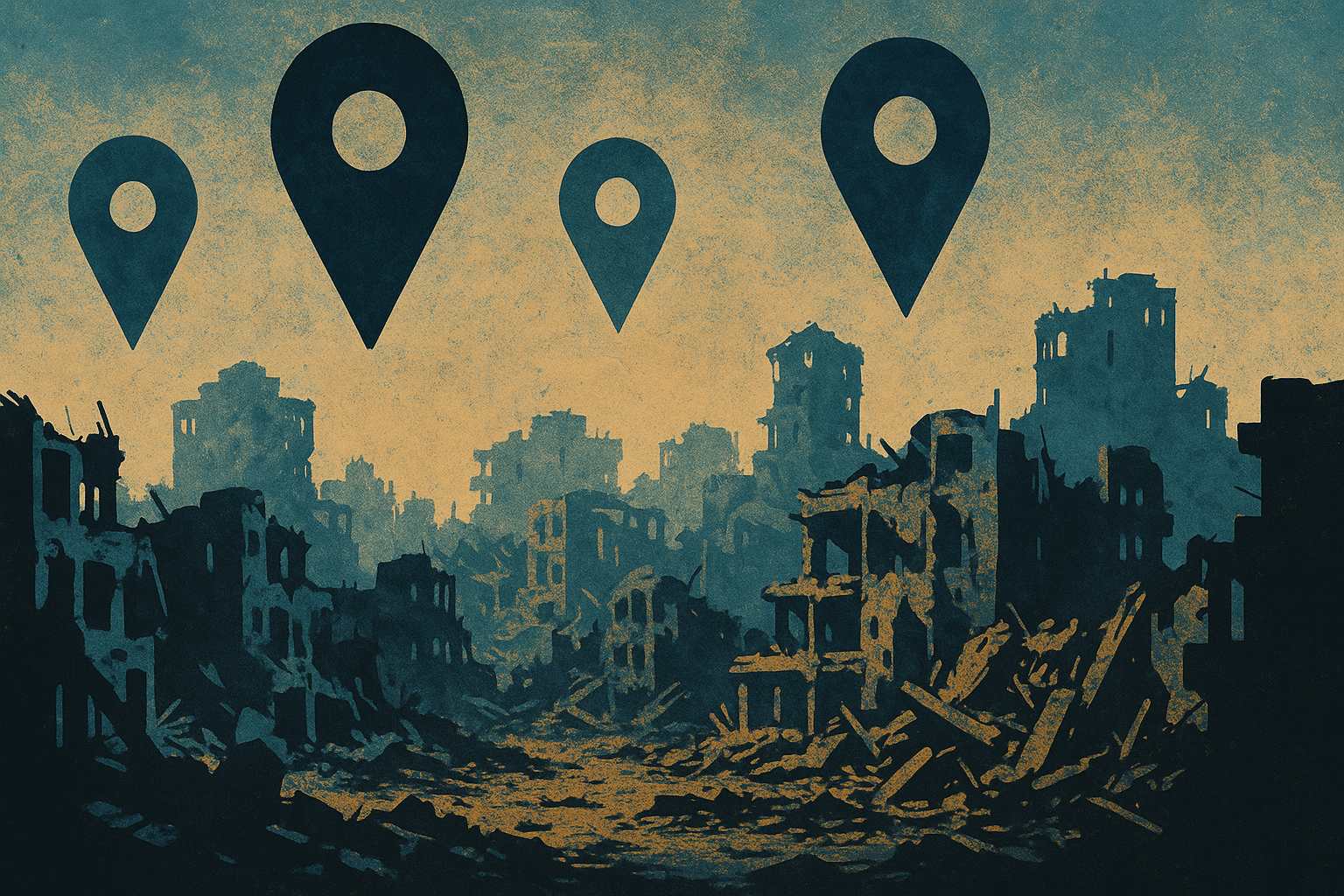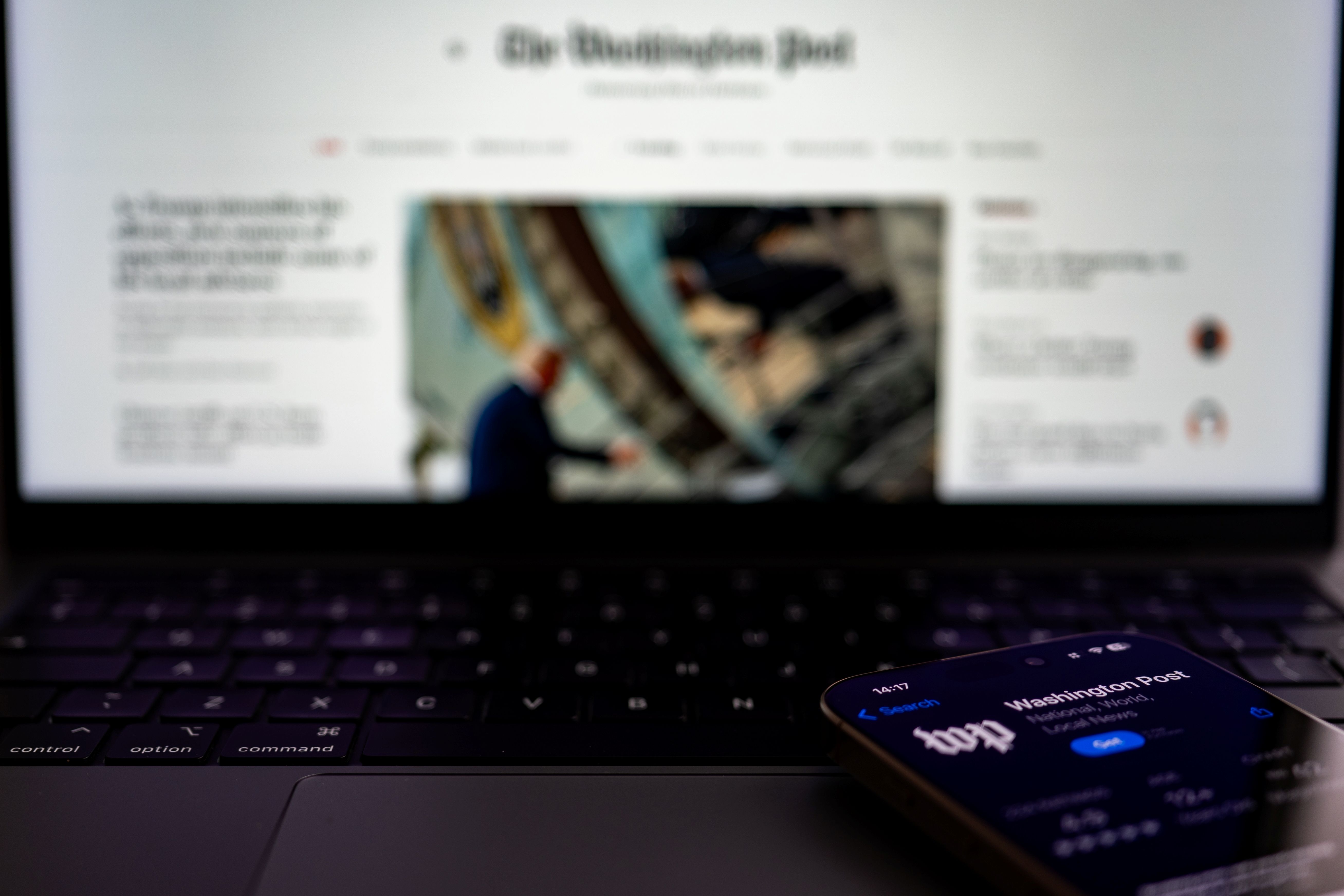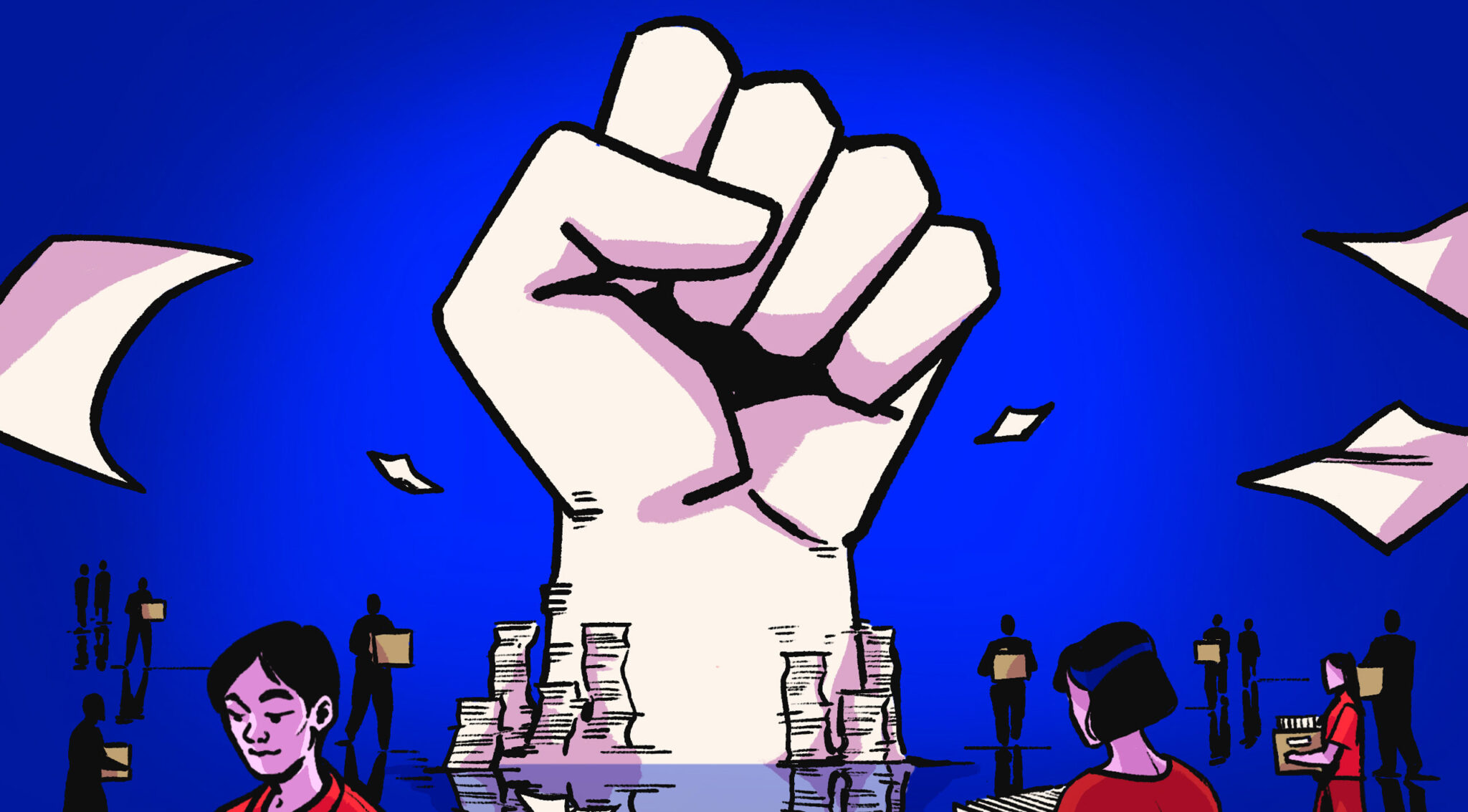Digital media and the algorithms used by platforms to determine the news they send out to their audiences have fundamentally changed the face of news planning
What makes an event newsworthy? This question has preoccupied researchers in media studies for decades and the attempts to find its answer will not cease anytime soon. It’s linked to inevitable changes that are either ideological and social, political or which are down to changes in media outlets - or a mixture of these.
This question may seem elusive. To answer it, we need to unpick the journalistic system, especially in an environment as fluid as the news. While news does not occur in a vacuum - somewhere outside people’s lives - it is a journalist or editor who decides if an event is notable enough to be in the news or if a story deserves to be told.
In their 1965 study on the structure of foreign news, Johan Galtung and Mary Ruge presented criteria by which newspapers select news, including whether an event is “negative”, whether it is “unexpected” and whether it is centred around “states and dignitaries”.
This study became a foundational approach to defining and determining “journalistic guidelines” and what is considered “newsworthy”. But Galtung himself said that his study ought to serve as a warning about selecting news in this manner and should not serve as a practical guide to the correct approach.
In my opinion, the essence of Galtung’s theory is that it considers that every gatekeeper, who decides whether an event is newsworthy, is in direct contact with the events. This means that a journalist or reporter, in such cases, is considered the primary source of news. As a result, for decades, Galtung’s criteria, which were repeatedly criticised and scrutinised, were akin to a form of traditional media that does not consider the criteria set for new digital platforms.
The digital platforms introduced a new type of media staff who produce the initial surge of news in a way that goes beyond the usual journalistic system. Digital blogs and Twitter (in their early days) may have presented this revolutionary form of journalism in its first steps.
As media outlets expanded and with the formation and development of digital platforms, many individuals in the media field found they no longer belonged to the primary category of the news industry (correspondents, agencies and journalists). Rather, they belonged to a secondary category that deals with the initial surge of news in an editorial, explicit, critical or even cynical manner. This new category presented a wider ground for news selection. However, having a vast surge of news to choose from is inevitably accompanied by a new difficulty in setting the criteria for determining “newsworthiness”.
Despite all these complexities that change and shape the criteria for selecting journalistic content, many journalists and their institutions prefer a single word to express the most important criterion for selecting journalistic content: Impact!
Impact or influence?
The Office of Strategic Marketing and Communications at the University of Nebraska, Omaha defines “impact” as the most important journalistic criterion for newsworthiness. An example it provided can be described as follows: “Imagine researchers have found a cost-effective solution to a common problem. The more people affected, the greater the news interest”.
Digital platforms, however, take a different stance since influence is naturally unrelated to impact when it comes to the journalistic definition of newsworthiness. Nevertheless, some use both words interchangeably in cyberspace and might mix their functions.
In my opinion, the influence that digital platforms refer to has a fickle meaning that aims to create swirls of interaction with news. The aim is to attract the largest number of followers possible and achieve the highest number of interactions. Impact, on the other hand, has a more rigid meaning which refers to change; to bring about change, even a minor one.
The previous metaphor shows that massive waves of influence on digital platforms are not necessarily transformative. Some of them will not achieve any change (impact) even as they achieve “significant numbers” of hits because they are just a disturbance awaiting new turbulence to overwhelm them. The real impact of something changes something in structure or offers a “solution”, even if it is small.
How is this related to evaluating journalistic content? One method is to use what digital media calls “performance metrics”.
Performance metrics are a set of numbers generated by equations and algorithms used by specific platform operators. They ultimately express the content performance on a platform and are divided according to platform type and content into different metrics. These metrics include the numbers of views, likes, comments, posts, minutes viewed, retention rate and sometimes the rewatches count.
Corporate media overwhelm us with news from certain regions. This brainwashes viewers into believing that this news is of paramount importance even if it contradicts their own values
Content makers seek to create a suitable recipe for these metrics in the digital world. This recipe is often a mixture of the platform's directives, data analysts’ expectations and imaginative perceptions of what could happen.
Much of the gatekeeping burden, therefore, has been shifted to companies controlling platforms, content and publishers, despite their assertion that dissemination and “content success” depend on the “audience community”.
It’s as if society creates a natural movement of content dissemination akin to “the invisible hand”. It’s the public who watches, interacts, comments and admires certain content over another. The numbers speak for themselves.
In 2021, a large number of internal documents were submitted to the United States Congress about Facebook and revealed much about the platform, its management and the reality of algorithms.
The Washington Post showcases how Facebook's algorithms deliberately circulate posts that evoke an angry interaction via the famous angry emoticon on its newsfeed. It was found that Facebook had the ability to nurture feelings of anger and actively contributed to the spread of false and misleading information. Examples of the seriousness and impact of these decisions on several communities was provided.
Digital platforms have made no secret of the way they handle identical content in different contexts. This proves that performance metrics alone are insufficient as criteria for assessing newsworthiness.
For example, we can compare how Meta and its platforms, Facebook and Instagram, suppressed news of the aggression against the occupied Gaza in May 2021 and how it circulated the news of the Russian invasion of Ukraine. The examples are more than what can be counted in an article, but this proves what Galtung said about the criteria mentioned in his study. Furthermore, any observer of digital platforms can perceive how they nurture feelings of anger, negativity and polarisation.
Towards a clear definition of newsworthiness?
Our conclusions do not necessarily mean that the existence of guidelines for journalistic content is impossible in the digital world. They simply show that these guidelines must be set in a positive way rather than acting as a mere response to how platform metrics change and alter according to a particular platform’s agendas and decisions. Guidelines must be set in consideration of the nature of the platforms while taking into account that the journalist, editor and chief editor are not the only gatekeepers of news.
The path towards a solution starts with the realisation of the nature of evolving journalistic work on digital platforms. There must be a conviction that the traditional concept of journalistic guidelines is insufficient (although necessary) to assess digital content in light of the reasons shown in this article.
The next step is for corporate media, media platforms, independent journalists or even content makers to develop an assessment plan. This plan is obligatory and should include various components that represent the basis on which content can be evaluated. What is proposed in this article is what several researchers and specialists recommend in terms of how these criteria should be divided into three groups: journalistic guidelines, content standards and platform guidelines.
The journalistic guidelines should be the top priority for evaluating journalistic content. Although these guidelines are intuitive and central in the journalistic process, they are often absent from content evaluation metrics and are limited to planning sessions. And since corporate media rely on limited news sources, they overwhelm us with specific coverage and news from certain regions. This brainwashes viewers into believing that this news is of paramount importance even if it contradicts their own values.
The guidelines of corporate media represent the charter that links it to its audience. It represents its circles of interest and mission, its promise to society and the anticipated benefit. Insofar as the media content is consistent with its guidelines, public loyalty is built and its role is entrenched.
The next step of evaluation is looking at the content standards, namely the accuracy of journalistic material through reliance on primary or reliable sources. It also includes verification of information using several means, side readings, discussions with specialists and the protection of sources and their privacy. This criterion helps in delivering the intended benefit and for it to stand out amidst a pool of poor content.
The importance of this criteria, in my opinion, is that it offers a map of the trends in digital platforms to help journalists present their original content properly and achieve dissemination among their target audiences.
Mohammed Shazly is a Senior Producer at AJ+ Arabic

